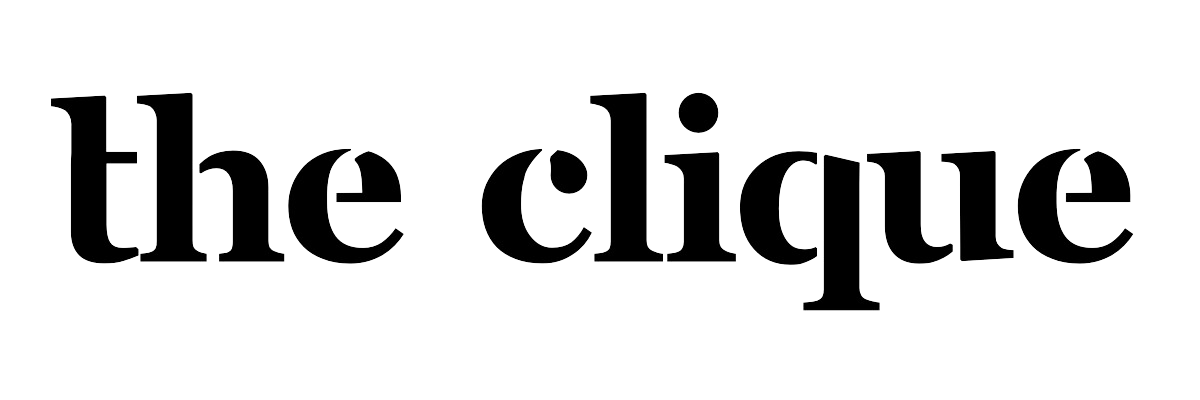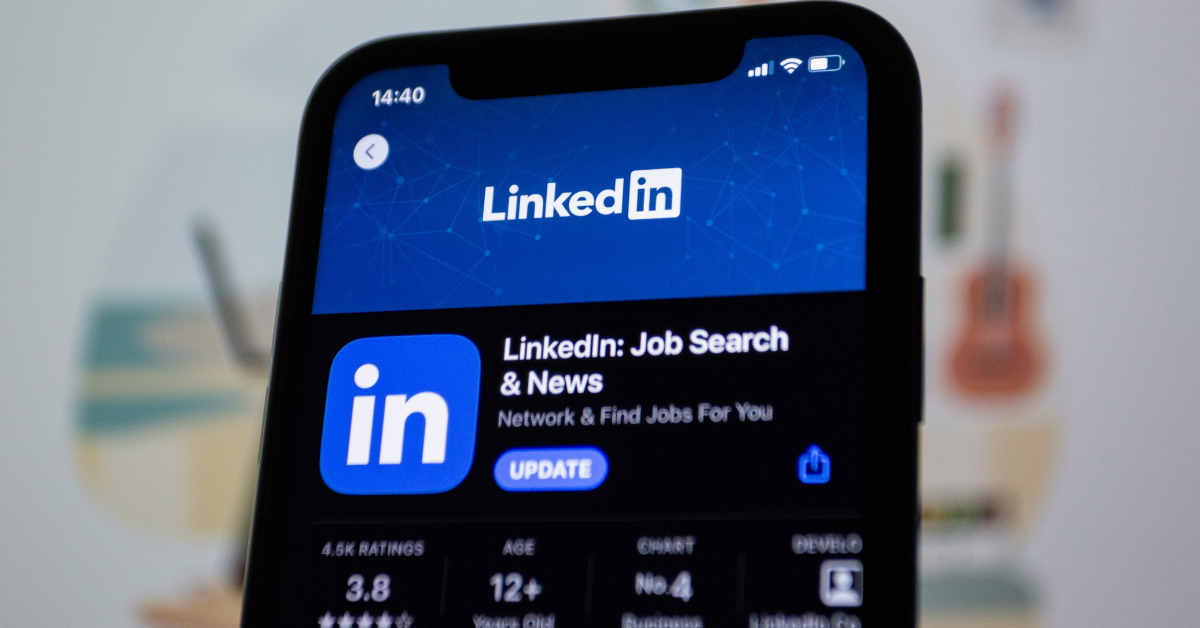by Catherine Brock
Underconsumption core is trending hard on TikTok. The mundane lifestyle trend is an unlikely candidate for stardom, and yet influencers and followers are spreading the concept like wildfire. What gives?
What is Underconsumption Core?
Underconsumption core is a viral movement that promotes responsible product use and consumerism. In this context, key habits of underconsumption are recycling, repurposing, and fully using products you own before buying new ones. It’s a major turnabout from the trend- and shopping-driven content that’s been commonplace on social media for years.
Search #underconsumptioncore on TikTok and you’ll see the movement in play. Videos show influencers wearing wedges from 2016, squeezing final drops from facial cleaner bottles, shopping thrift stores, and showing off their secondhand furniture. Often, text overlays explain their conservative lifestyle habits as Norah Jones plays softly in the background.
Some 40 million TikTok posts follow this format. Many have more than 100,000 likes plus thousands of shares and comments.
Broader media outlets have taken note. The usual fashion suspects Vogue and Elle are talking up the trend, as are The New York Times and NBC News. An NBC News YouTube video even suggests that an underconsumption trend could affect the economy.
A Trend of Necessity
Any economic impact of underconsumption may be painful in the short term, but necessary in the long term. Excessive consumerism is not sustainable and tends to leave high-rate debt in its wake. That may benefit banks and brands, but it puts consumers in a bind that can take years to unwind.
A review of average income and expenses in the U.S. confirms that underconsumption habits are essential for survival. According to the Bureau of Labor Statistics, the median full-time U.S. income is $59,436. The average income tax rate is 14.9%, per the most recent figures available from 2021 as quoted by the Tax Foundation. Housing costs account for another 25.8% of income on average, according to Self. And multiple analyses have shown that U.S. workers should be saving roughly 15% of their income to ensure a comfortable retirement.
So far, we’ve accounted for 55.7% of income. Health care, food, car insurance, and gas can consume another 28.4%. That leaves about 15% for car payments, vacations, entertainment, student debt, renters or homeowners insurance, haircuts, and, where applicable, property taxes. With no car payment and efficient spending in the other areas, households might have 3% left for clothes, personal care, and home décor. On the average salary, 3% is roughly $150 per month.
That budget can buy one pair of sneakers or a moderately nice pair of jeans. It cannot fund a new outfit with in-demand logos or designer bed sheets. Nor does it afford the practice of buying a new skincare serum before the old one is empty.
How Common Sense Goes Viral
Underconsumption core is an odd trend to be taken up by influencers, who generally favor content they can monetize. Even a few minutes of scrolling through TikTok will bombard you with shopping haul posts promoting affiliate links and sponsored videos featuring four-figure outfits.
The thing is, content creators follow the numbers. Topics that drive engagement and views are copied quickly. When there’s no affiliate commission or brand deal in play, influencers will focus on capturing more followers, shares, and likes.
In this case, followers have tired of influencers’ endless product promotion. The explosion of underconsumption core content represents a broad rejection of the trend-driven lifestyle influencers have historically pitched — a lifestyle that’s both unsustainable and unrealistic.
The Fleeting Nature of Trends
Unfortunately, underconsumption core’s time in the limelight is as unsustainable as the trend-driven lifestyle. Trends — whether in the realm of fashion, beauty, or décor — are always either temporarily in style or temporarily out of style. Jorts, cargo pants, and platform shoes have all died and been reborn. Trends involving underconsumption or consumerism are subject to the same pattern.
There will come a time, too, when underconsumption bores as a social media topic. After all, how many times can we enjoy watching influencers share what they’re not buying, or show off their nearly empty make-up cabinets and cute secondhand chairs?
Ultimately, the underconsumption trend will fade for the same reason it went viral: because we need something new. That’s why we’re on social media. We want the escape and entertainment of new experiences. We like the relatability of content that presents as real-life, but we demand a constant flow of new stories, characters, and conflicts. Reality television has the same appeal.
Responsible Consumerism Without the Hashtag
The blurry line between reality and entertainment is notably problematic. Several studies have linked social media and reality television to perfectionism and anxiety. The challenge of enjoying social media is learning to accept the content as entertainment or inspiration rather than a playbook or benchmark.
If #underconsumptioncore inspires you to enjoy the things you have and live more fully within your means, great. Those are necessary life skills. Just remember you can keep practicing them long after the hashtag and Nora Jones soundtrack disappear.





